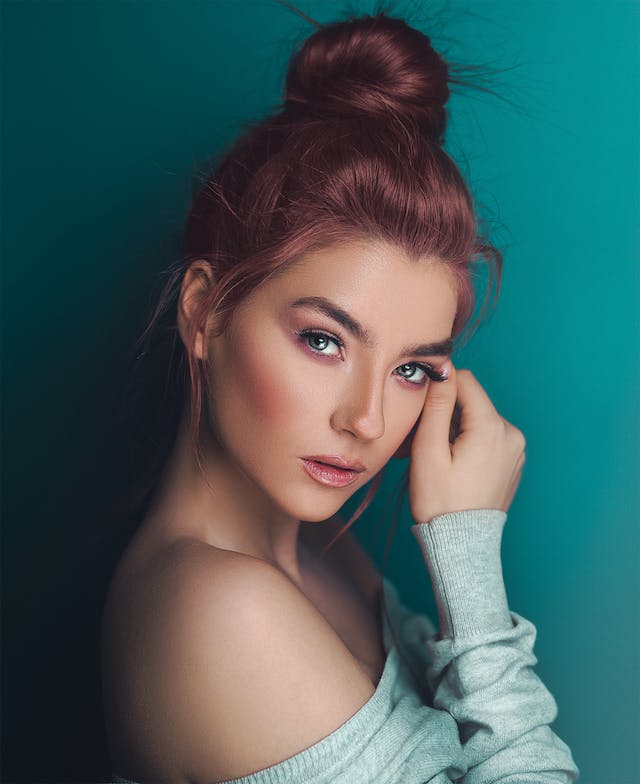In a world that places a premium on youthful looks and vibrant skin, the pursuit of anti-aging treatments has become a significant investment for many. As individuals seek to turn back the hands of time, the financial aspects of these beauty procedures require careful consideration. This article serves as a financial guide to help you navigate the world of anti-aging treatments, so you can make informed decisions about your skincare and your budget.
Understanding the Costs of Anti-Aging Treatments
Anti-aging treatments come in various forms, each with its own set of costs. It’s essential to understand the expenses involved to plan your financial investment strategically. Here are some common types of anti-aging treatments and their associated costs:
- Topical Skincare Products: High-quality skincare products, such as serums, creams, and sunscreens, can cost anywhere from $50 to several hundred dollars. They are essential for daily anti-aging maintenance.
- Botox and Dermal Fillers: Botox injections and dermal fillers like Juvederm or Restylane can range from $500 to $2,000 per treatment, depending on the areas treated and the amount of product required.
- Chemical Peels: Chemical peels vary in strength and cost. Light peels typically cost between $150 to $300, while more intensive peels can range from $1,000 to $2,500.
- Laser Resurfacing: Laser treatments for skin resurfacing, wrinkle reduction, and scar removal can cost anywhere from $1,000 to $5,000 per session, with multiple sessions often required.
- Microdermabrasion and Microneedling: These less invasive procedures cost between $100 and $700 per session.
- Surgical Procedures: Facelifts, eyelid surgeries, and other surgical procedures can range from $5,000 to $15,000 or more, depending on the complexity of the surgery.
- Regular Maintenance: Remember that many treatments require ongoing maintenance sessions to sustain results, which can add to the long-term costs.
Financial Planning for Anti-Aging Treatments
To make anti-aging treatments a part of your beauty routine, you need a well-thought-out financial plan. Here’s a step-by-step guide to financial planning for anti-aging treatments:
**1. Set Clear Goals:
Define your anti-aging goals and prioritize which treatments are most important to you. This will help you allocate your budget effectively.
**2. Create a Skincare Budget:
Separate your skincare budget from your general expenses. Allocate a specific amount each month or year to your anti-aging treatments and products.
**3. Consult a Specialist:
Before starting any treatments, consult a skincare specialist or dermatologist to determine which treatments are suitable for your skin type and concerns. This will help you avoid unnecessary spending.
**4. Comparison Shop:
Research the cost of treatments in your area and compare prices from different providers. Make sure to consider the qualifications and reputation of the practitioners.
**5. Prioritize Quality:
While cost is a factor, prioritize the quality and effectiveness of treatments over affordability. Investing in high-quality treatments may yield better results and reduce the need for frequent sessions.
**6. Regular Maintenance:
Factor in the cost of regular maintenance sessions for treatments that require ongoing care. This will help you plan for long-term expenses.
**7. Emergency Fund:
Set aside an emergency fund for unexpected skincare expenses, such as allergic reactions or complications from treatments.
**8. Insurance Considerations:
Check if your health insurance covers any anti-aging treatments, particularly if they are medically necessary.
Alternative Financing Options
If the cost of anti-aging treatments is a concern, consider these alternative financing options:
**1. Health Savings Account (HSA):
If a treatment is medically necessary or recommended by a healthcare professional, you can use your HSA to cover the costs, and the expenses may be tax-deductible.
**2. Flexible Spending Account (FSA):
An FSA can be used for certain medical expenses, including some anti-aging treatments.
**3. Medical Credit Cards:
Specialized medical credit cards often offer promotional financing options for healthcare expenses, including cosmetic treatments.
**4. Payment Plans:
Many clinics and providers offer payment plans to help spread the cost of treatments over several months.
**5. Healthcare Loans:
Consider healthcare loans or personal loans specifically designed for medical expenses.
Balancing Beauty and Budget
Balancing your beauty goals with your budget requires careful consideration. While anti-aging treatments can be an investment in your appearance and confidence, it’s essential to maintain a balanced financial perspective. Ultimately, the decision to pursue anti-aging treatments should align with your priorities and your ability to comfortably afford them without compromising your financial well-being. By approaching anti-aging treatments with a clear plan and budget in mind, you can achieve your beauty goals while maintaining financial stability.





